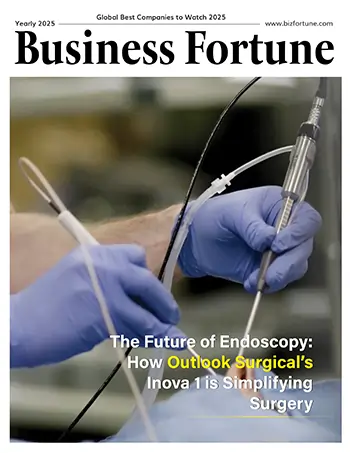Home Industry Nanotechnology Eco-Friendly Nanocellulose Fil...
Eco-Friendly Nanocellulose Films Offer Superior UV Protection for Solar Cells
Nanotechnology

Business Fortune
21 March, 2025
Researchers from Finland's University of Turku looked at the use of bio-based polymers to create effective UV protection layers for solar cells. This study is the first to examine how different bio-based UV filters evolve.
Polyvinyl fluoride (PVF) and polyethylene terephthalate (PET), two petroleum-based films, are frequently employed to shield solar cells against UV-induced deterioration. The goal of materials engineering research is to replace oil-based polymers with bio-based substitutes, such as nanocellulose. Cellulose is broken down into tiny fibers to form nanocellulose, which can then be treated in different ways to offer UV protection.
According to a new study by the Universities of Turku and Aalto in Finland and Wageningen University in the Netherlands, nanocellulose tinted with red onion skin extract offers superior UV protection. The study's industry standard, a commercial PET-based UV filter, was outperformed by the nanocellulose film, which blocked 99.9% of UV light up to 400 nm.
The study looked at the characteristics and longevity of four distinct protective films made of cellulose nanofibers. Red onion extract, lignin, and iron ions—all of which have shown strong UV-blocking capabilities in earlier research—were applied to the nanocellulose sheets. It was discovered that the red onion extract-coated film blocked UV radiation the best.
In the climate of central Europe, 1,000 hours of artificial light—roughly a year's worth of outdoor sunlight—were used to assess the filters' effectiveness and longevity. Digital photography was used to monitor visual changes in the solar cells and filter materials.


































.webp)